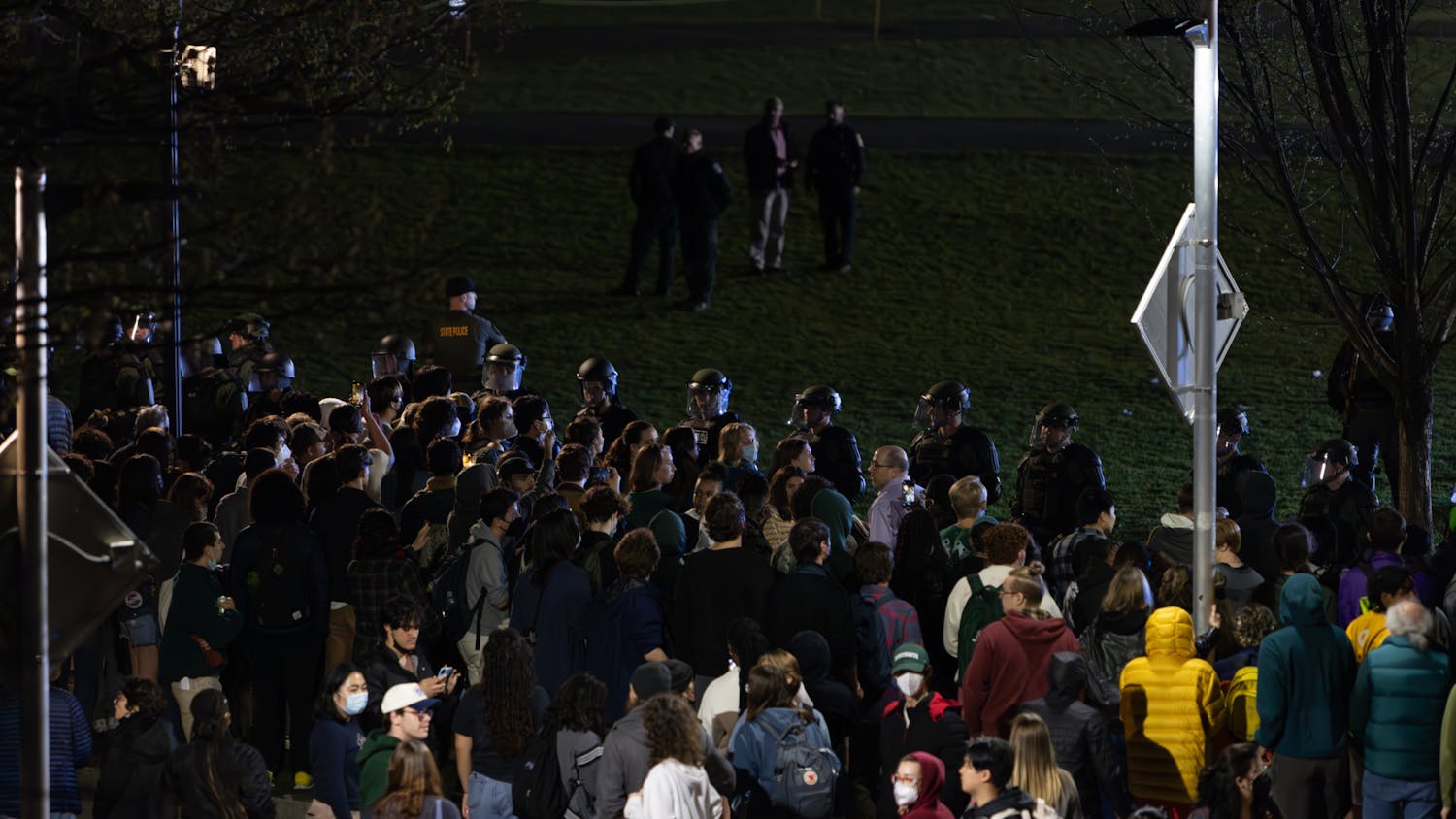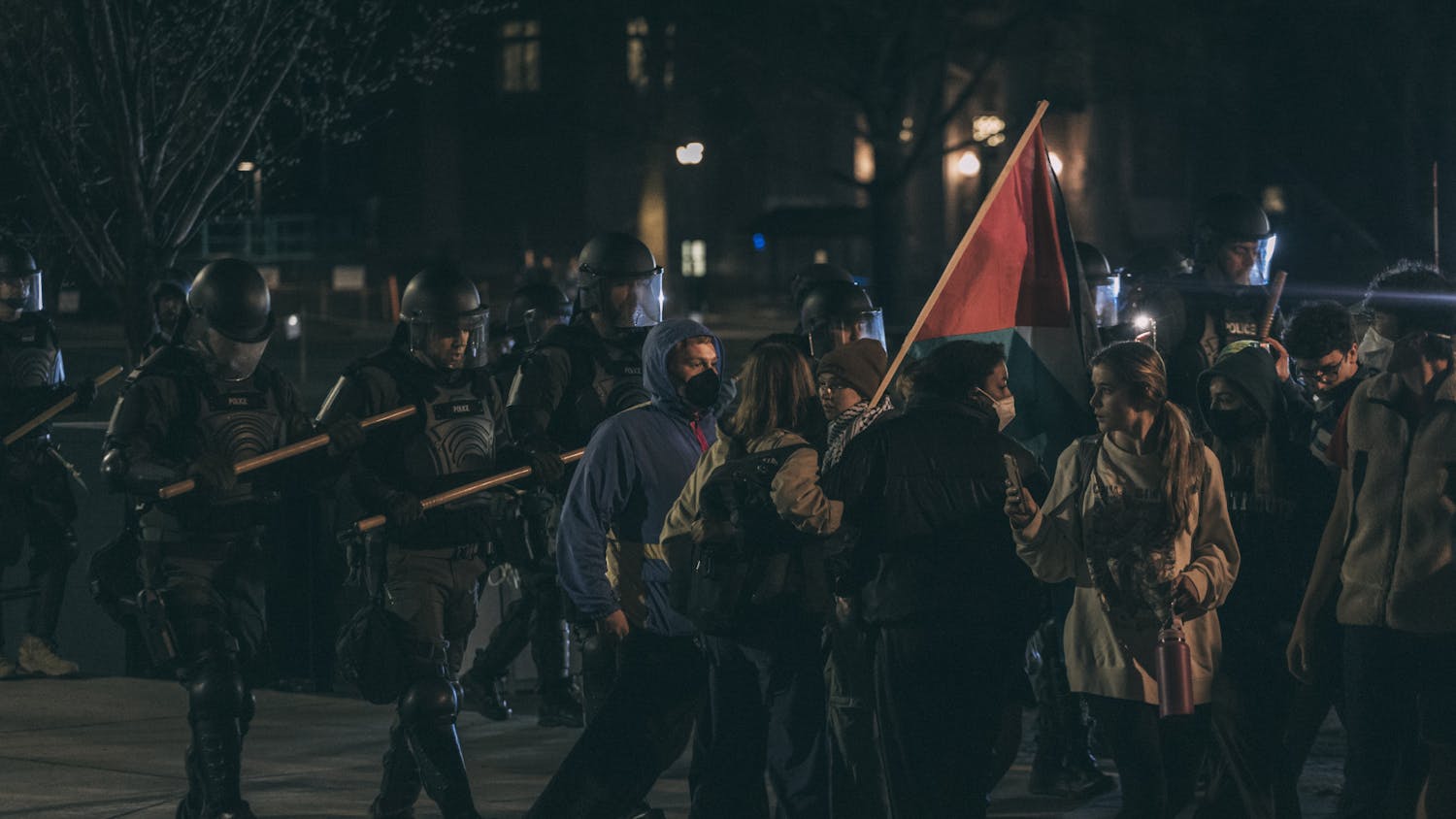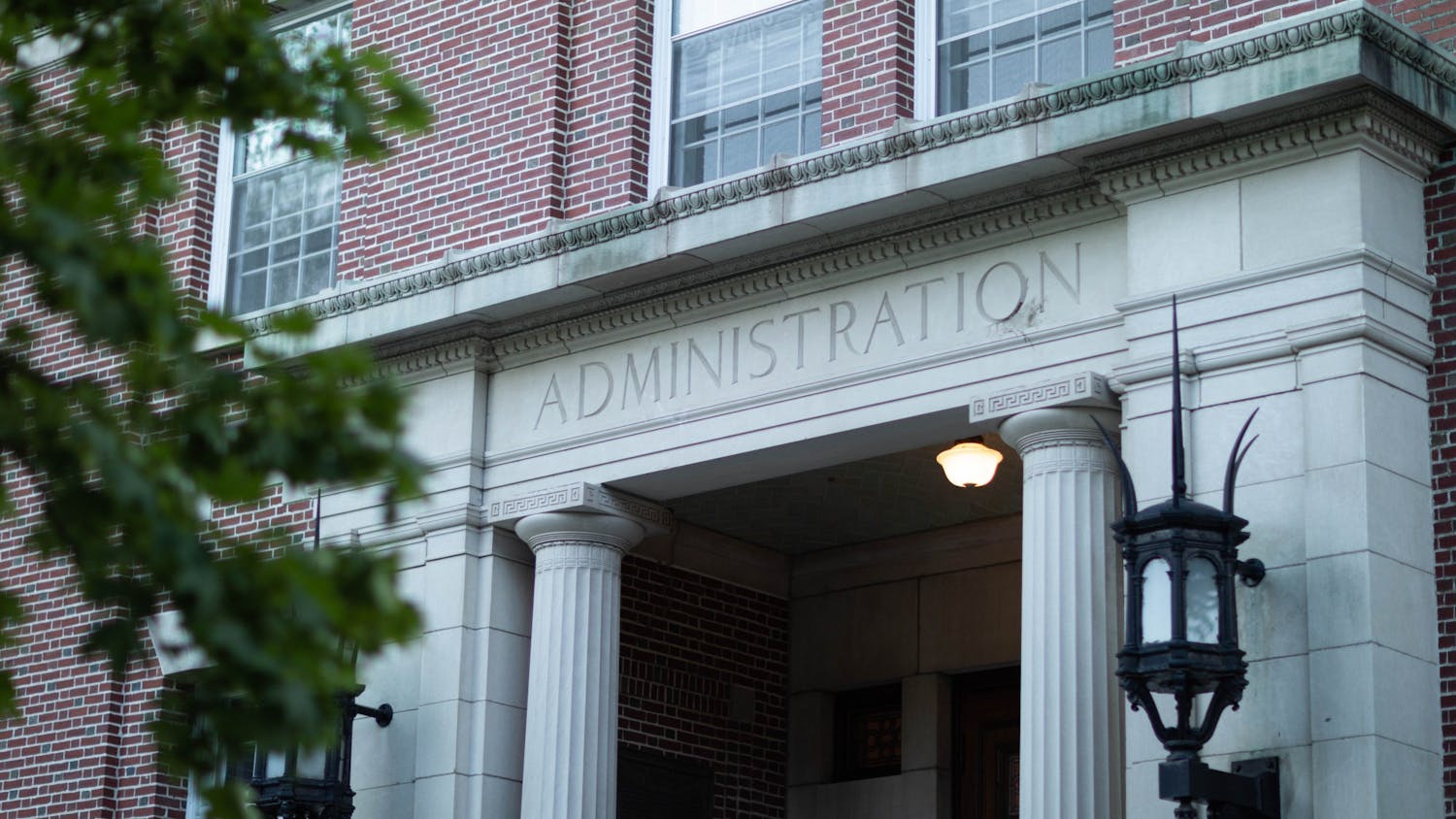Hidden beneath the bright smiles of the Class of 2001 when they arrive on campus is a dizzying array of talent and pre-college experiences.
Dean of Admissions Karl Furstenberg said this year's incoming freshmen have accomplished many extraordinary feats.
One student demonstrated exceptional athletic ability with a gold medal in the Paralympics.
The Connecticut River might be a welcoming sight for the student who worked on a riverboat as a wheel man. The student who built Viking long ships might entertain ideas of conquering the river instead.
The Class of 2001 also includes a meteorologist, several students proficient in the martial arts, a number of jugglers and those who have even dared to hang-glide.
There is also an abundance of musically talented students in the class of 2001 -- 26 percent of the class played musical instruments in high schools.
These impressive activities are scattered amongst the most diverse class ever. One out of four members of the class is a minority, the highest ratio ever for the College.
The number of matriculating Asian students has jumped from 8.5 percent in the Class of 2000 to 12.3 percent in the Class of 2001.
Native American students have increased from 1.5 percent to 2.6 percent in the last year, while Latino students have also gone up 1.2 percent to a total of 4.9 percent.
Although the Class of 2000 had an increase in the male matriculation over female, the '01s once again reach near gender parity, with 50.9 percent of the class male and 49.1 percent female.
The Class of 1999 was the first ever at the College to matriculate more women than men with women making up 50.2 percent of the class.
Dartmouth's need-blind acceptance policy may have contributed to the 2.2 percent increase in scholarship recipients, bringing the number of students on financial aid to close to half of the class.
Furstenberg noted that the total number of high schools represented at Dartmouth has increased significantly, helping reverse the tendency to accept numerous students from one high school.
The number of students from public schools went down slightly to 64.7 percent while students coming from private schools increased to 31.4 percent and the number of students from parochial schools stayed relatively constant at 3.9 percent.



